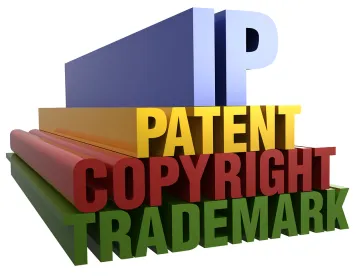Takeaway: Where a petitioner alleges that a PowerPoint presentation from a conference is a printed publication, the petitioner should demonstrate that the version of the presentation filed with the Board is the same as the version actually presented and also demonstrate facts to establish public accessibility.
In its Decision, the Board denied Petitioner’s request to institute an inter partes review of claims 1-26 of U.S. Patent No. 8,008,804 B2. The ’804 patent generally relates to regulating the alternating current (“AC”) frequency of electrical power supplied to a power generation and distribution system or grid.
The Board began by analyzing whether a reference referred to as the Lazarewicz PowerPoint, which Petitioner relied on for each asserted ground of patentability, qualifies as a printed publication within the meaning of 35 U.S.C. § 102(b).
Petitioner asserted that the Lazarewicz PowerPoint was presented publicly at the EESAT conference on April 17, 2002, and, therefore, qualifies as prior art to the ’804 patent under § 102(b). In response, Patent Owner argued that Petitioner had not provided “sufficient evidence that the version of the Lazarewicz PowerPoint filed in this proceeding was the version actually presented at the conference, much less evidence to support that this particular version was available or distributed to the public interested in the art.” Patent Owner further argued that, even assuming that the version filed was the version actually presented, additional information regarding the “underlying facts concerning the circumstances of the alleged presentation” is necessary to determine whether it qualifies as a prior art printed publication.
The Board concluded that Petitioner had not “made a threshold showing that the Lazarewicz PowerPoint is a printed publication within the meaning of § 102(b) and, therefore, is available as prior art in an inter partes review of the ’804 patent.” In particular, it noted that the “only evidence” relied upon by Petitioner to “support its assertion that the Lazarewicz PowerPoint qualifies as a prior art printed publication is the testimony offered by [its expert],” who testified that it was his “understanding” that the presentation is prior art. The Board then explained that “the mere presentation of slides at a conference is notper se a prior art ‘printed publication’ for the purposes of § 102(b).” The Board then stated that it was unable to determine on the current record whether the filed version was the version actually presented and that Petitioner had not presented “adequate facts to establish public accessibility sufficient to qualify as prior art.” Accordingly the Board was not persuaded that Petitioner had “demonstrated sufficiently that the Lazarewicz PowerPoint qualifies as a prior art reference, much less one that constitutes a printed publication within the meaning of § 102(b).”
Then, because each of the grounds of patentability asserted by Petitioner was based, in part, on the Lazarewicz PowerPoint, the Board concluded that Petitioner had not demonstrated a reasonable likelihood that it would prevail on its assertion that at least one challenged claim would have been obvious, and the Board denied the petition.
Temporal Power, Ltd. v. Beacon Power, LLC, IPR2015-00146
Paper 10: Decision Denying Institution of Inter Partes Review
Dated: April 27, 2015
Patent 8,008,804 B2
Before: Michael R. Zecher, Michael J. Fitzpatrick, and J. John Lee
Written by: Zecher
Related Proceedings: IPR2015-00147



 />i
/>i

